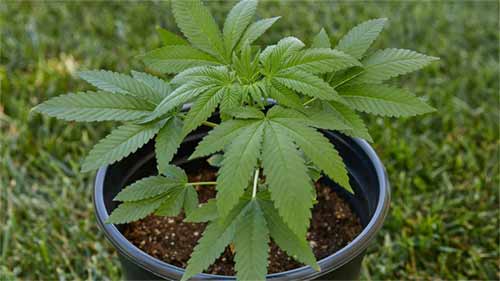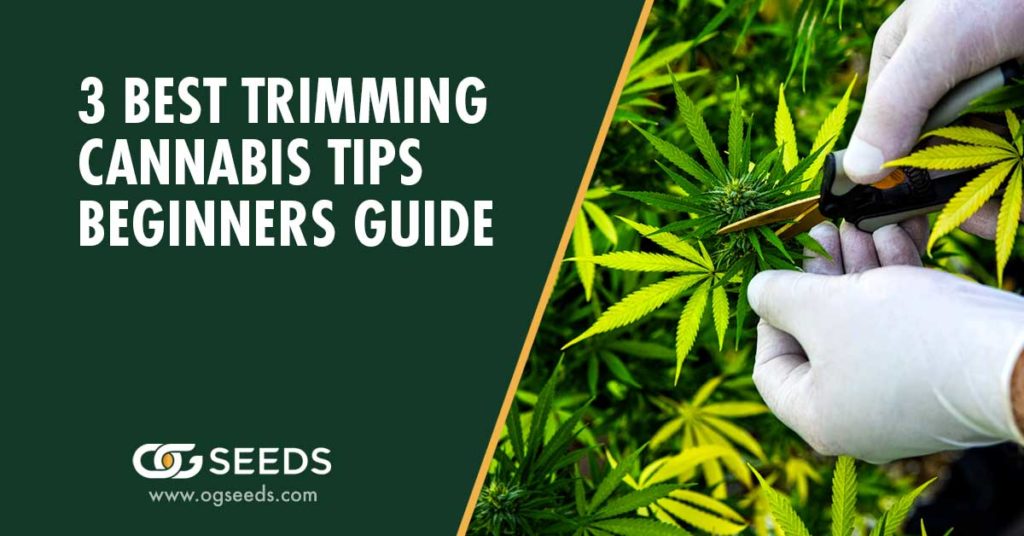
3 Best Trimming Cannabis Tips: Beginners Guide
Trimming Cannabis is most important for growers to get the best-tasting buds that show the beauty of the quality. If you don’t properly trim, you will risk the bud having the harsh taste of the leaves when smoking. Dried leaves can cover your buds with nasty, dry grass strands. These dried leaves can give your exotic strain a more grassy, hay-like, unwanted smell.
Table of Contents
What Is Trimming Cannabis?
Trimming Cannabis is cutting the leaves off each bud after harvesting. It can be tedious, but it is very important for displaying the bud’s color, smell, and trichomes. You don’t want those ugly dried leaves covering the bud and ruining the smell and beauty of the exotic product.
If done correctly, it is worth the time and effort. Be sure to reduce the chance of fungus and mold on your crop and ensure superior-quality buds.
Why Should Cannabis Be Trimmed?
The sugar leaves of the plant have trichomes that you can trim and use to make edibles, which is pretty good overall. However, leaving the sugar leaves on the untrimmed buds can ruin the taste of the bud, giving you a scratchy feeling in your throat as if you were smoking hay.
An experienced grower wants the final result to be a visual of the pure bud without the ugly, dull-smelling dried leaves. Trimming bud is very important and shows the result of true professional harvesting.
When Should Cannabis Be Trimmed?
For the growers with more experience, know that you could trim before and after harvesting. Pruning is best for the crop, which consists of trimming the dying leaves from the plant as the cannabis grows. Pruning is good for the buds to ensure they get the nutrients that the dying leaves can deprive them of.
Trimming the fan leaves weeks before the harvest also makes trimming after the harvesting much easier and reduces the risk of damaging the bud in the process.
How Do you Know When Cannabis Is Ready To Be Trimmed?
In some methods, a few weeks before harvesting, a grower will start to trim the larger fan leaves from the buds, causing senescence of the leaves. Senescence is when the leaves start to die away.
Trimming the fan leaves helps supply more airflow to the bud and helps determine the right time to harvest. After the harvest, a grower will usually trim the buds using wet or dry trimming. Overall, the Cannabis plant will be ready to be trimmed after the harvesting, either immediately using the wet trimming method or after the plant dries using the dry trimming method.
What Are The Different Methods For Trimming Cannabis?
The two methods for trimming cannabis buds are wet trimming and dry trimming. Both have their ups and downs, and the grower will usually choose their method depending on the time and environmental factors.
Choosing the right method depends on how humid your environment is or how much space and time you have to produce.
What Is A Wet Trim?
A wet trim consists of trimming the sugar leaves and the fan leaves while the plant is still moist after the harvest. The leaves are still moist and fresh, making cutting them much easier.
What Is A Dry Trim?
A dry trim usually consists of hanging the plants to dry after the harvest and trimming the sugar leaves and the fan leaves after the plant has dried off its moisture. Some experienced growers prefer this method because drying the plant while the leaves are still intact will cause it to dry slower, resulting in a higher content of terpenes which will produce a more attractive product.
Wet Trim Vs. Dry Trim – Which Is Best?
Wet and dry trimming have benefits that the grower will choose based on environmental factors. This is usually best for beginner growers and large-scale farmers who use machines to trim the leaves. Wet trimming will lower the risk of mold or fungi infesting the buds as the plant dries faster. Wet trimming is an ideal way to trim in a more humid environment. However, because the plant dries out faster, some growers believe it will lower the potential of the highest terpene and cannabinoid content of the buds.
Dry trimming may take more work and time but is much better for producing more attractive and aromatic buds. This method is better for farmers growing on a large scale since hanging the whole plant intact uses more space. You can dry trim on a smaller scale with the right amount of space available. By letting the cannabis dry with the leaves on, you risk mold and fungi growing on the bud, so it does require a bit more attention, space, and possibly equipment for humidity control if you are growing in a more humid environment.
What Is A Combination Of Wet & Dry Cannabis Trimming?
Using wet and dry trimming methods for your bud is a great way to get both benefits. Trimming the large fan leaves weeks before harvesting can help preserve the health of the trichomes. Doing this will also help the plant get more airflow and speed up the drying process, which leaves you with an easier job of trimming the smaller sugar leaves after drying the buds.
Cannabis Trimming Tools & Equipment
These tools work best for both wet and dry hand trimming.
- Disposable Gloves
- Trimming tools such as curved trimming scissors or trimming shears
- Pruning shears for hand trimming the larger stems
- Trays or baking sheets for newly trimmed buds
- A drying rack or a line to hang the plants from to dry
- Rubbing alcohol is great for cleaning the sticky residue that may get on your skin
- Floor covering such as a tarp, plastic, or paper to catch the excess plant material
- A very clean and comfortable space with a chair and a clean desk or table to trim buds
- Clothes that you don’t mind getting messy
- A jar or an airtight container for curing the buds after trimming
- A fan for humidity control in your space for dry hanging
How To Trim Cannabis
Wet trimming should begin immediately after harvesting. Doing so will reduce the risk of mold or fungus growing on your buds and will help the buds dry faster. Once your plants have been harvested and correctly cut from the stem base of the plant, you are ready to start wet trimming.
Wet Cannabis Trimming
If you are in a more humid environment, wet trimming may be the best method for your cannabis trim. Wet Cannabis trimming is considered easier to some growers and the fastest way to trim buds. Because the cannabis buds are moist, they will be very sticky and leave a residue, which can be messy. Having the right tools and equipment should make wet trimming much easier, but be prepared for a time-consuming job.
Dry trimming should begin after your plants have been dried completely. With dry trimming, you will hang up the whole plant intact to dry. Once you have finished trimming the leaves after a dry trim, you can trim off all of the excessive stems in the last step.
Dry Cannabis trimming
Dry trimming your Cannabis is a process very similar to wet trimming. The difference is hanging the plant to dry before trimming all sugar leaves, and fan leaves away. It will take longer for all the buds to dry, preserving the aroma and healthy terpenes and leaving you with a more beautiful and fragrant product. The longer drying period is great for some growers who want to avoid the pressure of trimming right after the harvest, as you would using the wet trimming method.
Wet and Dry Combo for Trimming Cannabis
Both wet and dry trimming methods can be beneficial depending on time or your environment. If you are growing in a more humid environment but want the advantages of dry trimming, trimming your fan leaves weeks before harvesting the plants is a great way to speed up the drying process to make your dry trimming much easier.
Both cannabis trimming methods will be very similar with the difference of when you let the buds dry. If you’re using combined wet and dry trimming methods, most growers will typically let the plants dry first before trimming the smaller sugar leaves off the buds.
You’re ready to begin trimming when you decide what method works best for you.
- We recommend making sure you have the right clothes, gloves, and a comfortable space to trim. The wet buds will be sticky and can get a lot of residue on your skin that is tough to remove, so wearing gloves will be a must. You can use rubbing alcohol to remove residue that sticks to your skin. Be sure to wash your hands and use clean gloves to reduce the risk of contaminants that can cause mold or fungus to grow on your buds.
- Start by using your scissors or trimming shears to remove the fan leaves carefully, ensuring you don’t damage any bud in the process. the fan leaves can also be removed by just pulling them from the stem, but you want to use the shears to trim them if the leaves are hard to pull.
- When the fan leaves are cut, you can trim the sugar leaves on the bud. Trimming the sugar leaves can be the most time-consuming step since you want to be careful not to damage the bud when trimming. Start at the base of the bud and carefully trim the sugar leaves from the stem, working your way upward. You may not be able to reach the base of some sugar leaves, but that ok. Trim as much off as you can, and don’t worry about reaching too far, or you could damage the bud. Once all sugar leaves are trimmed from the bud, place the trimmed bud on a clean tray or a baking sheet as you move on to the next bud to trim.
- If you use the dry cannabis trimming method, skip this step and move to step (6.). When you’re finished trimming the buds, you can hang them to dry using the wet trim method. With the buds still intact on the stems, hang them from the bottom in a temperature-controlled room with a fan and plenty of space. Depending on the environment, a warm temperature will help dry them faster, and a cooler temperature that dries slower is known to better preserve the flavor and aroma of the Cannabis.
- Next, you will want to wait for the bud to dry. Depending on the environment you are drying them in, this could take a few days. A common and easy way to determine if your buds are dry enough would be to bend the stem. If the stem bends instead of breaks, the buds need longer to dry. Once the stems snap when you bend them, your buds are dry enough to remove from the line.
- After your buds are dry and removed from the line, you can “buck” your buds, which is cutting the buds from the stems using your shears. Cut the stem as close as you can to the bud without damaging the bud, leaving less of the stem as possible without cutting too much away. You can now place your buck buds in containers for curing.
Trimming Cannabis Additional Tips
- Make sure the environment you are trimming is clean and sanitized. Sanitation is very important
- Only wear clothes that you don’t mind getting messy
- Use rubbing alcohol to remove any sticky residue that may stick to your skin
- Use only scissors or shears that are small enough to reach the base of the leaf without damaging the bud
- To determine if your plant is dry enough, bend the stem. If it bends, it needs longer to dry. If it breaks like a stick, it is dry enough. Be sure to avoid over-drying the buds.
- Use a tarp, paper, or plastic to cover the floor of your work area to make it easier to clean up any mess. It also helps to not worry about the mess so you can focus on the trimming
- Make sure you have some good music or a show to help the tedious job of trimming be less boring. Take breaks to stand up and stretch or walk around often.
- Be sure to have a large enough space to hang your plants to dry. If you are dry trimming, you’ll need a larger space to hang the whole plant. You want to give them plenty of space to get enough air to dry, especially in a more humid environment.
- Use a fan to keep the air circulating to help your buds dry.
What Not To Do When Trimming Buds
- Do not cut the base of a leaf you cannot reach if it will damage the bud.
- Do not throw the sugar leaves and the fan leaves away. You can use them for making edibles and cannabutter.
- If you are wet cannabis trimming, you will want to start trimming immediately after the harvest. You don’t want the risk of any contaminants growing mold on your bud.
- Do not trim the stems from the bud before drying. Keeping the bud on the stems will help the drying process and make hanging the buds easier.
- Refrain from over-drying your buds. Once they are dry enough, immediately start the curing or dry trim process if that is the method you decide to use. You want to keep some moisture in the buds for the curing process.
What To Do After Cannabis Is Trimmed
Curing your buds will be the last stem in your trimming process. This includes “burping” the buds to help control the moisture of the Cannabis. Curing will release chlorophyll in the bud, which improves the taste by removing the grassy flavor of the freshly harvested plant.
Curing your buds will balance the right amount of moisture to the buds and bring out the best flavor and aroma. It is best to use glass containers because plastic could hinder the taste of the bud. Using tools such as a hygrometer and humidity control packs will help you monitor the curing process and make it much easier.
Trimmed Cannabis Aftercare
Once you trim and dry your Cannabis, it’s time to cure the buds. When your buds are dry enough, you can trim their stems off, removing any sugar leaf particles still lingering in the process.
It is best to store the containers in a humidity-controlled environment. You don’t want to cure them in a hot and moist room. A similar room where you dry hang the buds is ideal.
Once you have trimmed all excess stems and leaves, store them in an airtight container or jar for anywhere from two to eight weeks. Open the containers every few days to burp them and replace the air in them. Doing this will help release moisture and avoid spoiling the bud. If you open the container and get a hint of an ammonia-like smell, you will need to dry the buds more. It is important to give them enough air to dry without overdrying them.
After a few days of curing, you will notice the bud will become moist from the inside. The moisture will start distributing evenly to the dried parts of the bud. If you’ve mistakenly let your buds dry for too long, you can place humidity packs inside your containers. This will help to bring the buds moisture.
Using a hygrometer ensures the humidity is right in the container. Keeping the humidity around 60% is the ideal number for curing Cannabis.
After a few weeks of monitoring your buds, you should have an aromatic and perfectly balanced final result. You have completed the final curing step, and your buds are ready to smoke. Learn more about curing Cannabis here.
Final Thoughts – Cannabis Trimming
Trimming Cannabis plants may be long and tedious, but the final result will make it well worth your time. With the right practice and experience, you will produce the best, top-quality buds. Take your time and trim your buds like a sculpture of art.
Check out this tutorial video for more tips on trimming Cannabis.
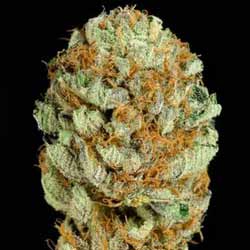
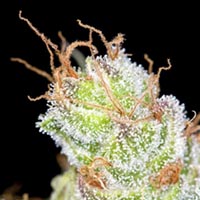
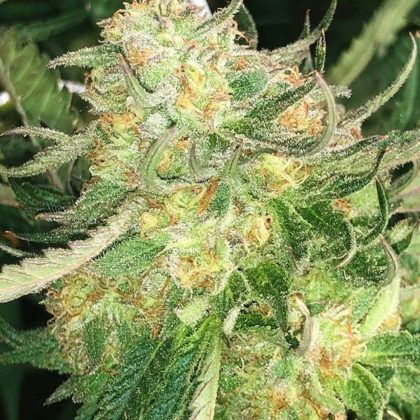
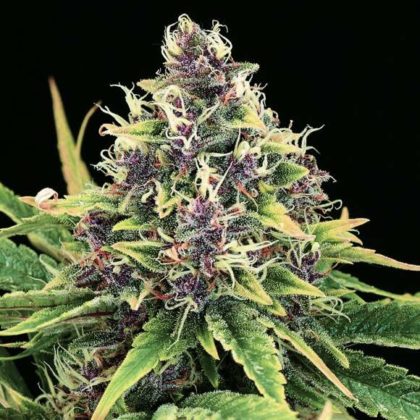



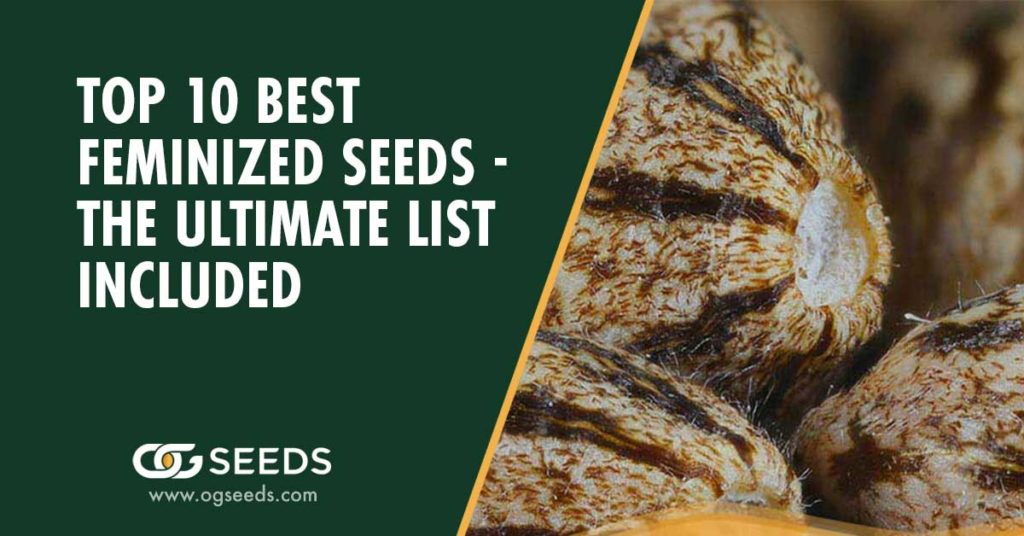
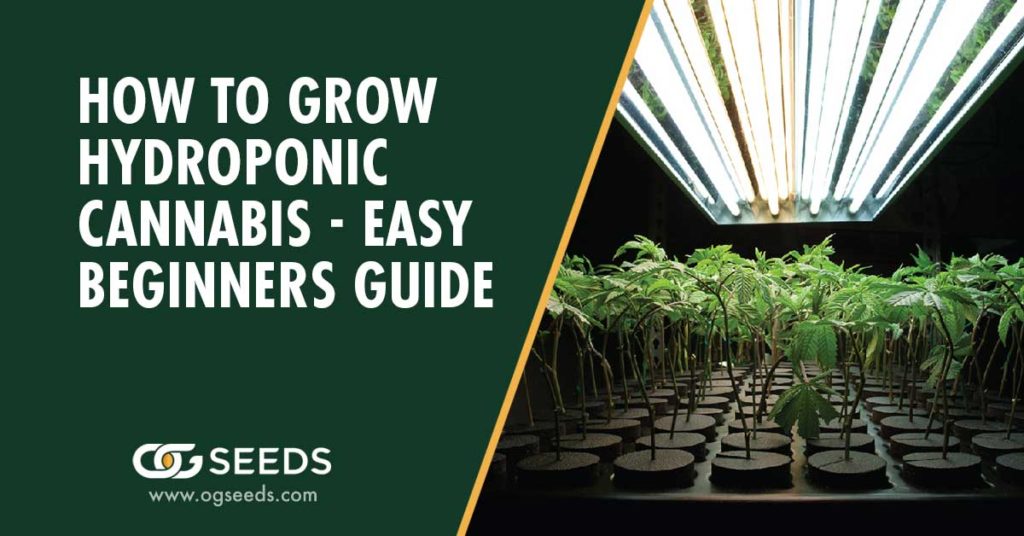
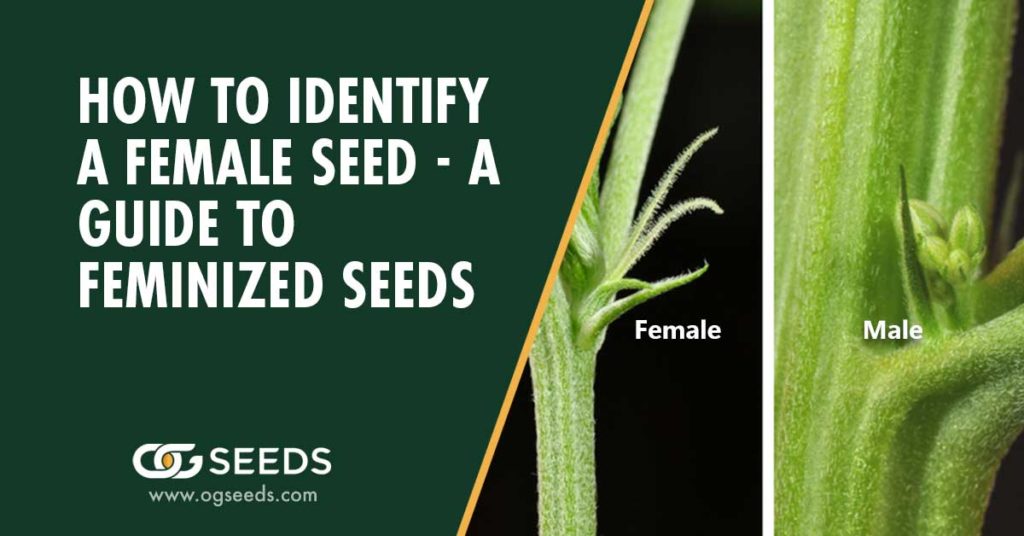
![How Long Does It Take To Grow Cannabis? [Indoors Vs Outdoors]](https://ogseeds.com/wp-content/uploads/2023/01/How_Long_Does_It_Take_To_Grow_Weed_Indoors_Vs_Outdoors_1200x628-1024x536.jpg)
